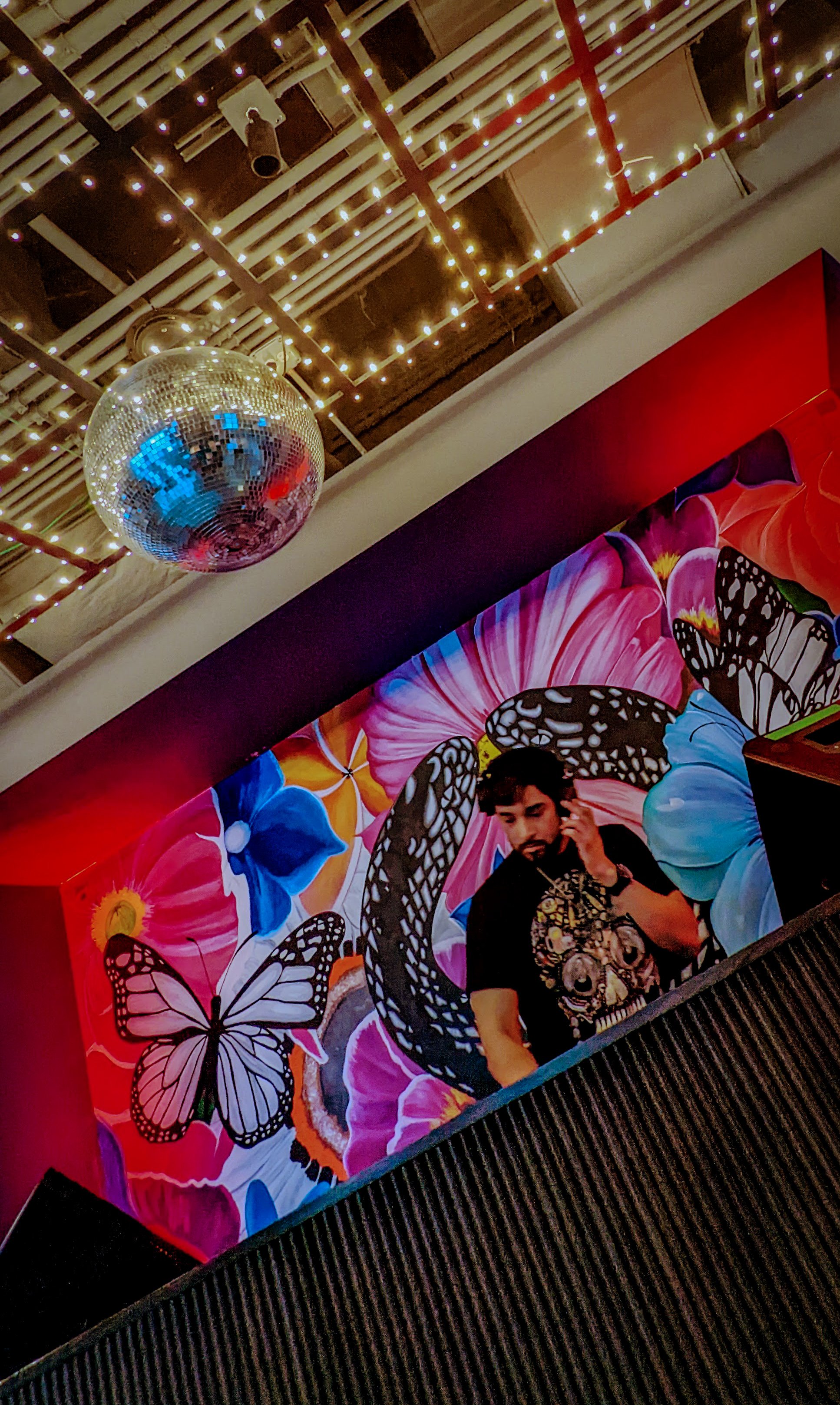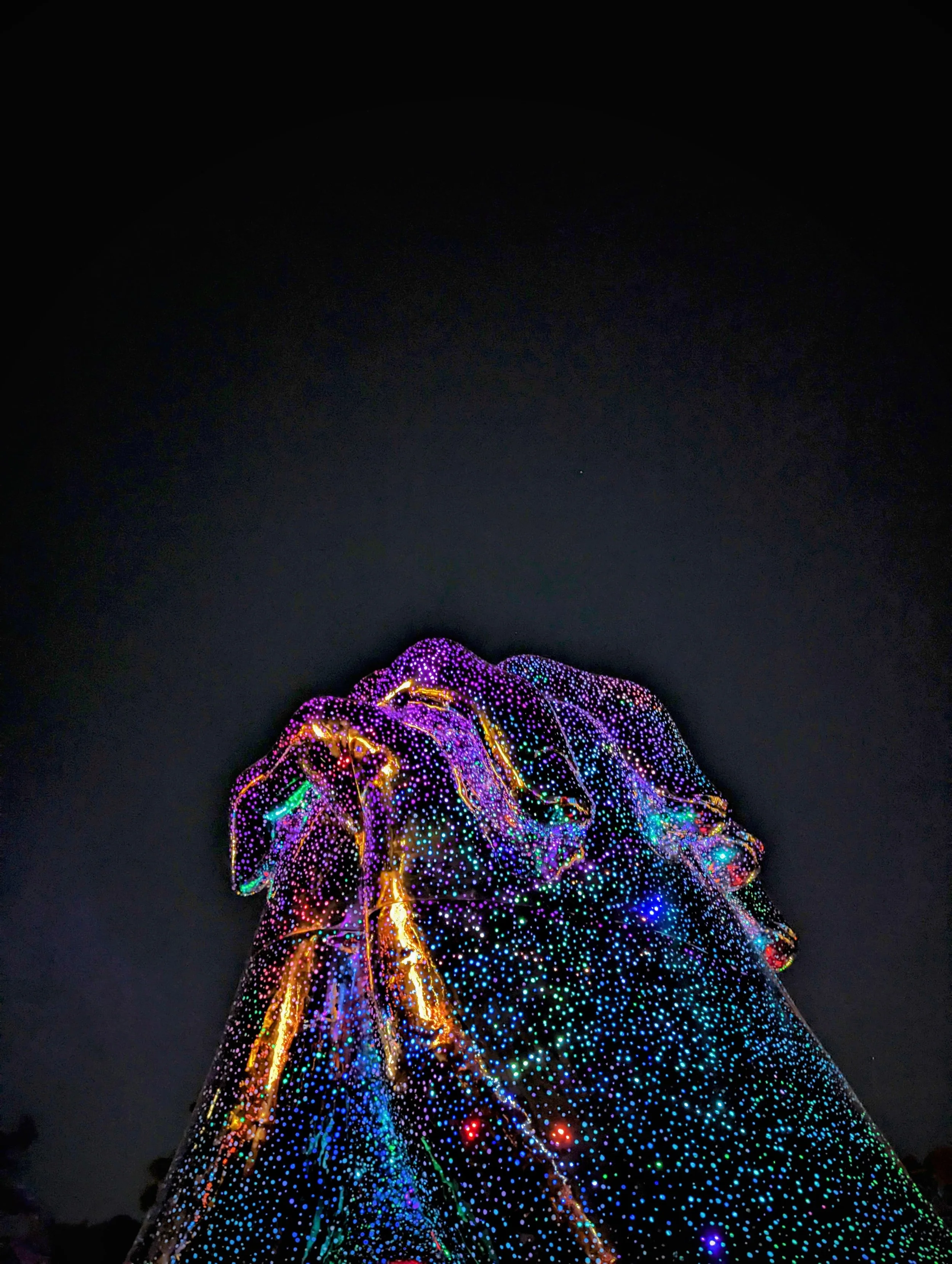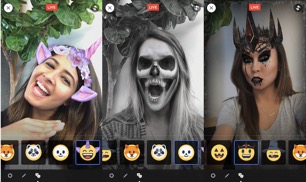The music is the through-line that connects all House Heads, but I wanted to take a moment to express my gratitude to the people, the places, and the spaces in which I have found so much joy.
Seeing Hardwell @ Studio Paris for the Rolling Stone Lolla Party 2016
To my friends
I have been known to go to the club by myself before. I don’t hate it, but it’s so much better with you there. My happiest moments come when we’re getting lost together front and center. We’re experts at navigating the crowd and claiming space, be it twerking or shuffling, or all around grooving, we’re not afraid to be the first ones to start the party. We’re professionals. Thank you.


To The MID:
Even though your doors have been closed for years, the echoes of countless nights spent dancing within your walls stick with me. More than just a club, you were a second home. 306 N Halstead was my Friday night Uber destination prediction long after your last dance. So many legendary DJs came through, out-of-state friends couldn’t believe it. I’ve spent more money at The Mid than anywhere else in the city, and it was worth every penny. Thank you for the bliss, the friendships, and the unforgettable experiences that shaped my love for House music.
To ARC Music Festival:
There’s not much more I can say than what I wrote in my tribute letter. Thank you for creating a space where I can dance, connect, and escape from the everyday. It’s also a special place for my relationship. While I’m clearly dedicated to House, my girlfriend lives for ze techno. It speaks to the harmony in our dynamic, and the range and balance of sounds the fest creates — space for both of us to feel alive. Can’t wait for next year.
My girlfriend and I dancing at the Expansions Stage 2024
To Mike Dunn:
Your kick drum hits like no other. I live for the sirens that go off to signify it’s time. The transition is over. MD Xpress is ready to go. From way back at the MID, to the basement of shuttered Bloomingdales and everywhere in between. I know if you’re on the line up, it’s going to be a good time. A Reliable, Phreaky MF. Hands down the DJ I’ve seen the most and who I see as the quintessential Chicago sound. That’s why I was so pleased when the universe rewarded my fandom by having you headline the Sky Affair @ Cerise on the weekend of my 30th Birthday. I brought 20 friends, you signed my record and called my shirt “so Miami” — it couldn’t have gone better. Both simple gestures meant the world to me. Thank you.


To Green Velvet
Like many, “Flash” holds a special place in my memory bank. It was my first time clubbing in New York and the DJ at Le Bain played this song that just absolutely sent me. I misremembered the lyrics “Hannah is ready prepare to launch” and it haunted me, I could never find it. Then one day two years later, I finally heard it was able to Shazam it. More recently, your sets have just been incredible. I place your La La La Chicago in the same category as ARC for vibe and experience, and your set with Carl Cox left me speechless. Thank you for the pre-party in the plaza too.
Green Velvet at La La Land Chicago
To Honey Dijon:
Your set at ARC was honestly a revelation, an odyssey. The way you seamlessly blend genres and create an atmosphere of pure euphoria is a testament to your artistry. Meeting you at your album launch party at Gramaphone Records and having my favorite line from “Work” signed was a magical moment. And you complimented my cologne. Now every time I wear that Tom Ford Ombre Leather, I’m reminded of your warmth and generosity. Thank you, Honey Dijon, for the music, the memories, and the inspiration. See you at your House Nation tour in a few weeks!


To the I Love House Music Chicago Crew
Your events are where I take people when I want to show them a great time and let them experience “why Chicago” and “why House”. I know I tell you pretty much every time I see you at one of your events, I feel I need to say it again. They truly are my favorite, the crowd, the performers, the venues. There’s no better way I’d rather spend a summer Saturday than at the Sky Affair. Who knew that fateful evening at Cerise would turn out to be impactful? Thank you.

To Defected Records:
Defected, your sound is my absolute favorite. You’ve curated a sonic universe that celebrates individuality and inclusivity, and the artists you sign… just wow. One day I will make it to Defected Ibiza. Until then, I’ll keep requesting Defected events in Chicago and watching every Instagram post. One of your mottos, “In our House, we are all equal,” is so powerful. Thank you for fostering a community where everyone feels welcome and accepted, regardless of who they are or where they come from. Your commitment to House music’s legacy and future is an inspiration.
Defected Records’ Mantra
To The Chosen Few:
I’m honored to have attended for the last three years and wish I had known about it sooner. The Chosen Few picnic is a pilgrimage, a homecoming to the roots of House music. It gave me a profound appreciation for the culture and community that birthed this music. Witnessing the mastery of DJs like Wayne Williams, Alan King, and Jesse Saunders, and experiencing the spiritual energy of people of all ages. That Natasha Diggs set… that day I learned my praise & worship. Thank you for being a celebration of heritage, unity, and enduring power.


To @Fish56octagon
Might seem a bit out of left field, but in many ways not. I have been following your ascent from at-home-enthusiast to full-time-touring-DJ and it’s inspiring. I’m jealous of your encyclopedic memory, appreciate the thoroughness of your explanations, and support the transparency. From how you respond to critics to how you’re able to elaborate seemingly endlessly about the scene. I do believe seeing your enthusiasm and how you share your passion for House certainly played a role in my motivation to write these pieces. For that, I thank you.
And there you have it.
That’s why House music matters to me, and why I believe it matters to the world. It’s more than just a genre; it’s a cultural force that promotes unity, self-expression, and joy. It’s a testament to the power of music to transcend boundaries and bring people together.
I started this writing exercise on a bike, as a stream-of-consciousness voice recording one Friday evening. I had so many thoughts and feelings swirling around in my head coming down from ARC, I just needed to get them out. As my journey with House music continues, I’m excited to see how it continues to evolve and inspire, always reminding us that the dance floor is a place where we’re all equal, and the music is a language that speaks to our souls.
It’s often compared to the gospel, and if there were ever a moment of divine intervention, it was this the start of this article. As my therapeutic bike ride came to an end and my emotional tank emptied, Marshall Jefferson’s “Move Your Body” began to play on my speaker. A fitting end with a simple reminder: You gotta have House music all life long.


























